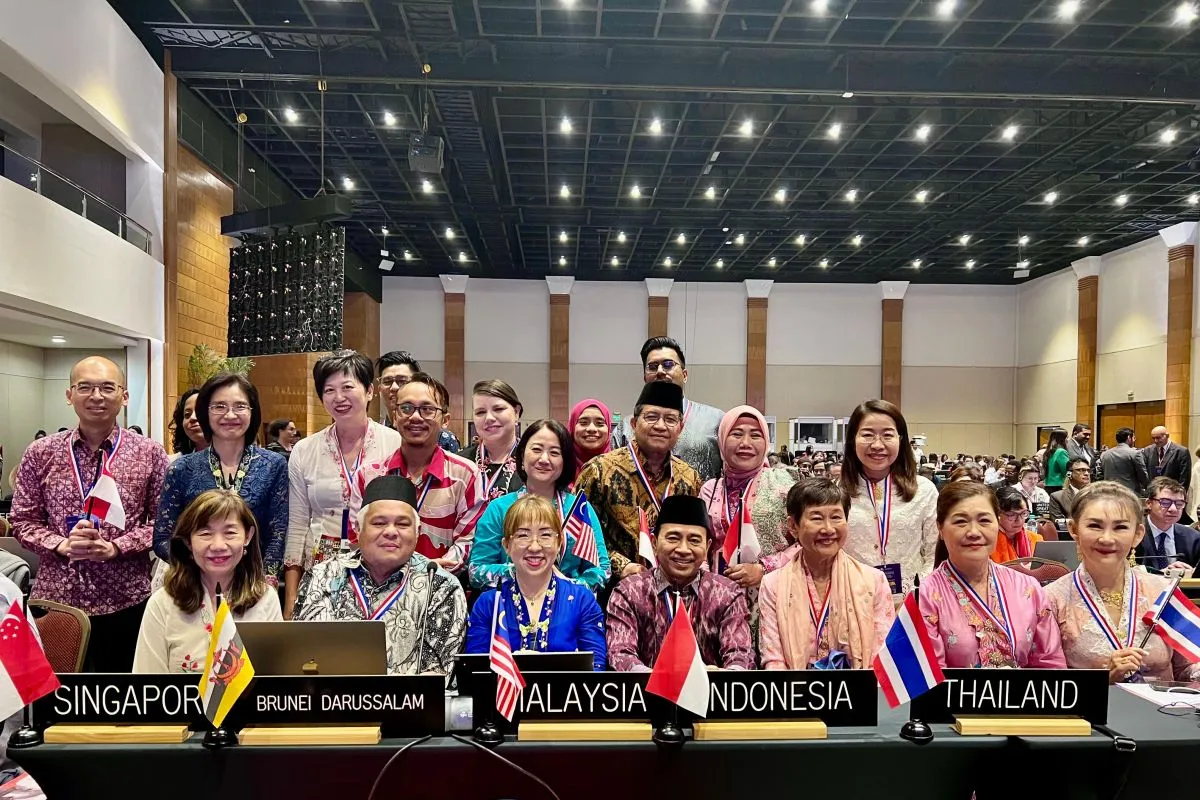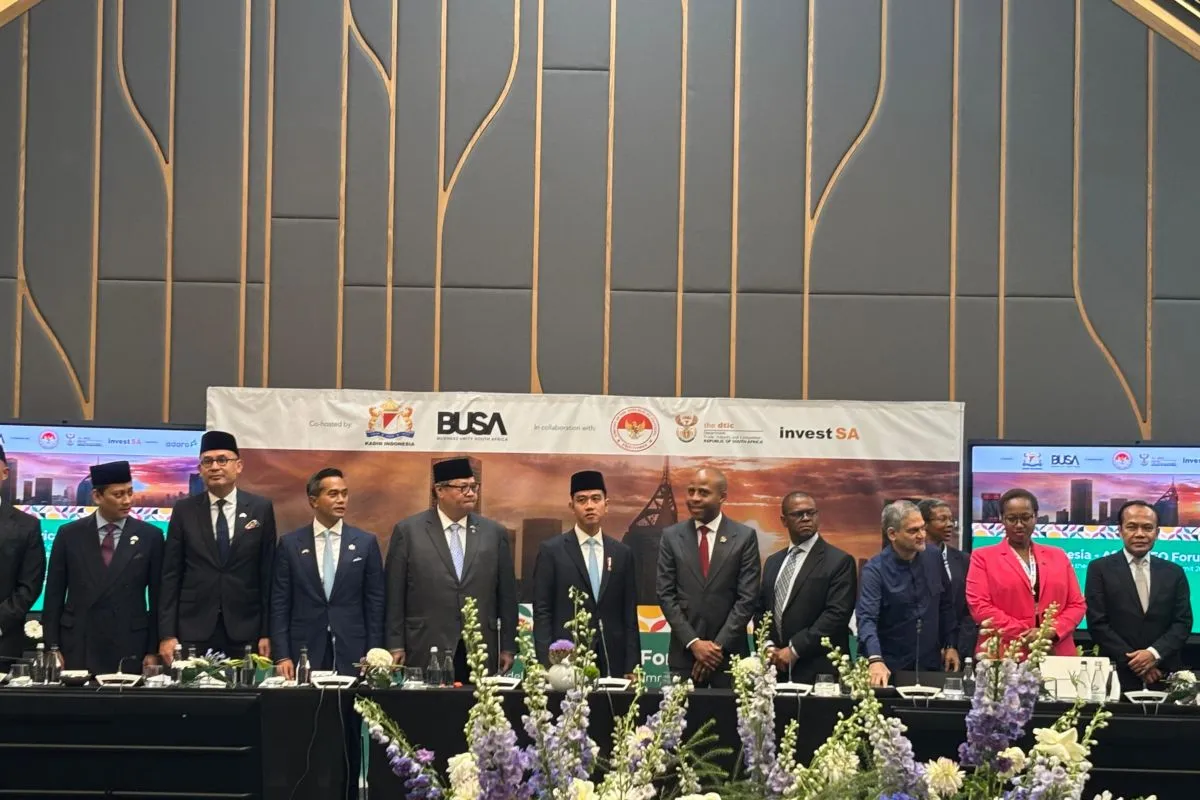Jakarta, December 6, 2024 – The Europe Today: The Ministry of Foreign Affairs (Kemlu) announced on Friday that the traditional kebaya has been officially inscribed in the UNESCO List of Intangible Cultural Heritage (WBTb). The recognition was formalized during the UNESCO Intangible Cultural Heritage Committee session in Paraguay on December 4.
The kebaya becomes Indonesia’s 15th entry in UNESCO’s Intangible Cultural Heritage list and the second under the multinational nomination category, following the 2020 inclusion of a shared heritage element.
Symbol of Southeast Asian Unity
The submission, a collaborative effort by Indonesia, Brunei, Malaysia, Singapore, and Thailand, was evaluated and endorsed by UNESCO’s Intangible Heritage Evaluation Board. The board determined that the kebaya met all criteria outlined in the 2003 UNESCO Convention for the Protection of Intangible Cultural Heritage.
Indonesian Permanent Delegate to UNESCO, Ambassador Mohamad Oemar, described the achievement as a testament to the shared cultural richness of Southeast Asia.
“The kebaya inscription not only strengthens cultural bridges but also continues to be worn and appreciated across communities in the region, symbolizing identity and pride,” Oemar stated. He emphasized that the recognition enhances global awareness of intangible cultural practices while supporting efforts to safeguard them.
Indonesian Ambassador to Argentina, Uruguay, and Paraguay, Sulaiman Syarif, also expressed pride in the achievement, highlighting the strengthened solidarity among Southeast Asian nations in preserving shared heritage.
Cultural Milestone for Indonesia and the Region
Minister of Culture Fadli Zon lauded the recognition, calling it a global acknowledgment of the profound cultural values embodied by the kebaya.
“This inscription reflects unity within the Southeast Asian region and underscores our collective commitment to cultural preservation,” he remarked.
The kebaya joins an illustrious list of Indonesian cultural elements previously recognized by UNESCO, including wayang, keris, batik, angklung, Saman dance, pencak silat, gamelan, and others. Notably, the day prior, Reog Ponorogo was included in the UNESCO Intangible Cultural Heritage list under the “In Need of Urgent Safeguarding” category.
A Shared Heritage
Oemar emphasized that UNESCO recognition does not imply exclusive ownership or origin by the proposing nation but rather celebrates the shared cultural practices across borders. The kebaya, worn widely in Southeast Asia, stands as a timeless symbol of regional identity and cooperation.
The recognition of the kebaya not only elevates Indonesia’s cultural profile but also fosters greater visibility and appreciation for intangible heritage worldwide. This achievement underscores the importance of international collaboration in preserving cultural treasures for future generations.














